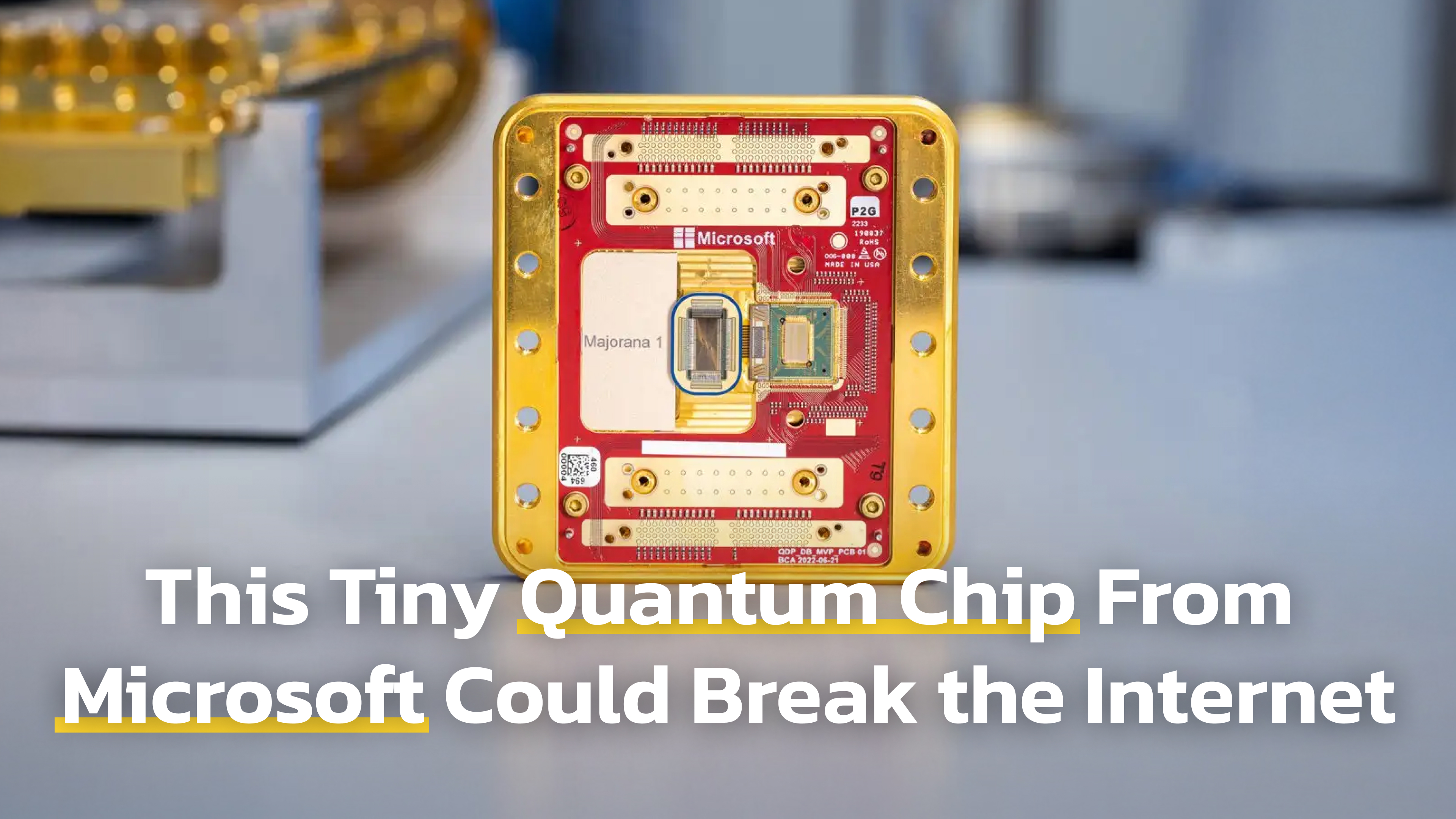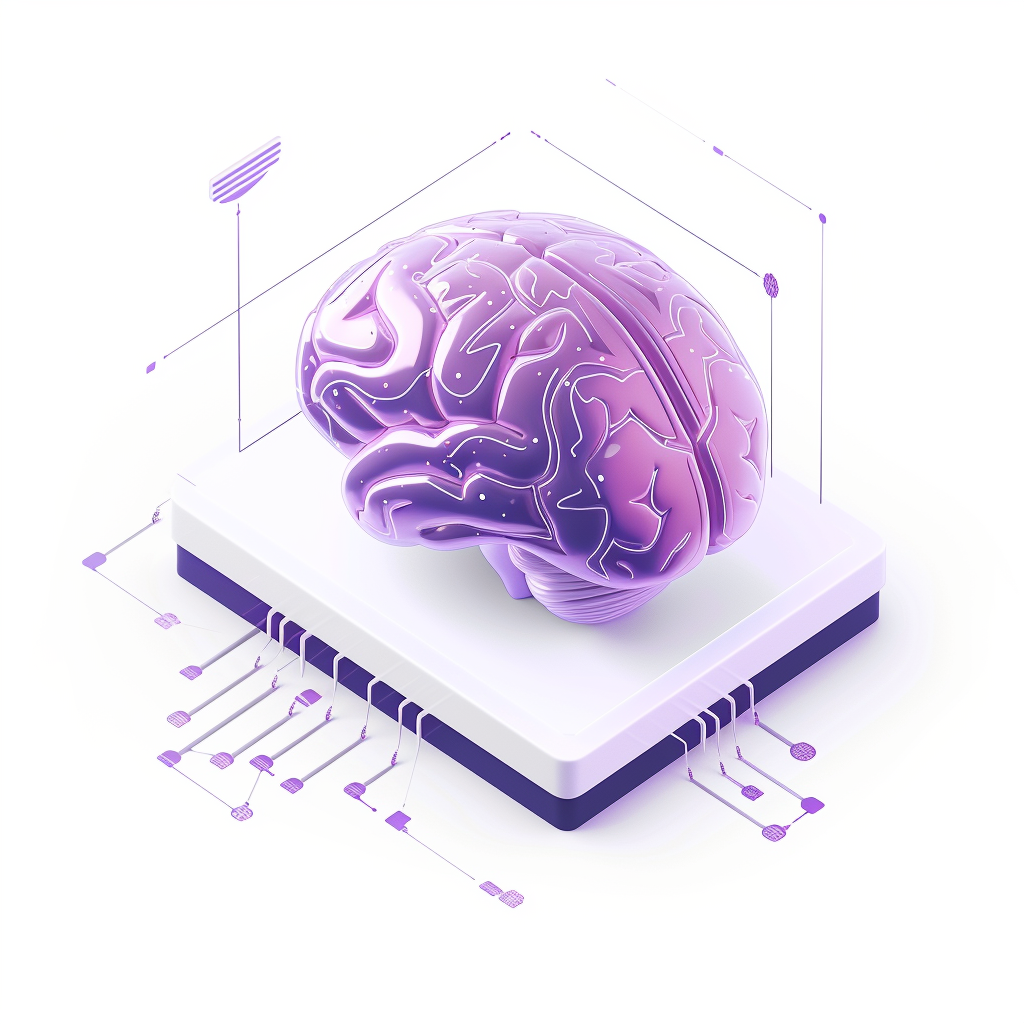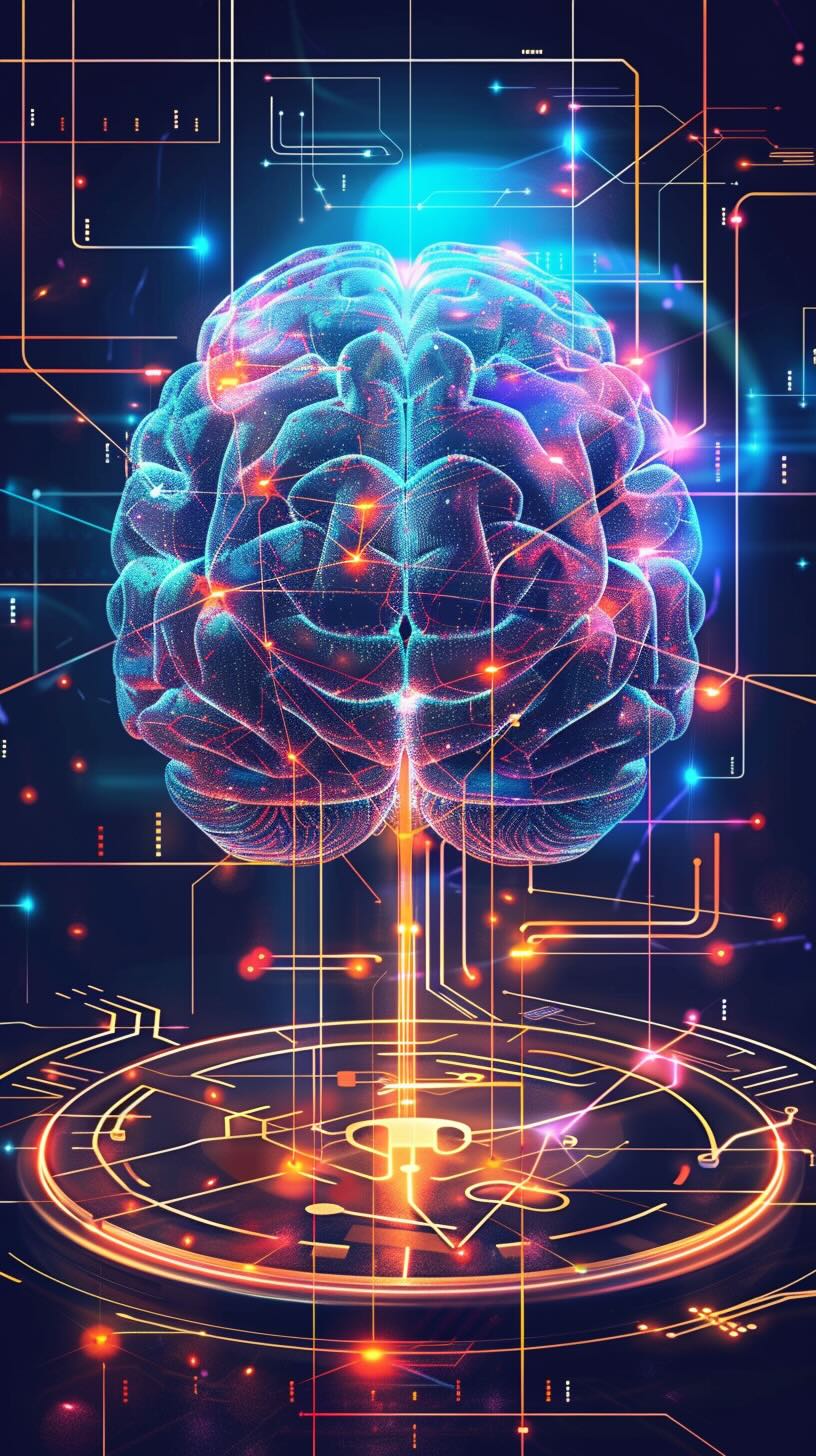Imagine a world where computers don’t just crunch numbers. They will be so powerful that they can do anything possible, solving complex problems that today’s machines would need centuries to crack.
This is the dream of quantum computing, a technology that promises to transform everything from medicine to climate science. Unlike the computers we use every day, which rely on bits (those tiny switches that are either 0 or 1), quantum computers use quantum bits, or qubits, that can be 0, 1, or both at the same time. This superpower lets them tackle calculations at mind-blowing speeds.
But despite how mind-blowing this sounds, we have a problem: quantum computing has been more of a brilliant idea than a practical reality. Qubits are fragile, like soap bubbles that pop at the slightest touch, making it tough to build a quantum computer that actually works outside a lab.
That’s where Microsoft’s Majorana 1 chip comes in. This tiny, palm-sized marvel is the world’s first quantum chip powered by a Topological Core architecture. It was unveiled in February 2025, and it’s a leap toward making quantum computing stable, scalable, and useful for everyone.
Why does this matter? The Majorana 1 could help us design life-saving drugs, fight climate change, and even secure our digital world in ways we can barely imagine. It’s a breakthrough that belongs not only to scientists in white coats but to industries, researchers, and maybe even you.
Let’s dive into what makes this chip so special and why it’s lighting up the future of technology.
Background on Quantum Computing
Before we get to Majorana 1, let’s unpack quantum computing and why it’s been so tricky to implement.
Quantum Computing Principles
- Qubits and Superposition:
In a regular computer, a bit is like a coin that’s either head (1) or tails (0). A qubit, though, is like a coin spinning in the air, its heads, tails, and everything in between all at once. This is called superposition, meaning a quantum computer can try out many answers simultaneously.
For example, if you’re solving a maze, a regular computer checks one path after another, while a quantum computer explores all paths at once.
- Entanglement:
Here’s where it gets wild. Qubits can get “entangled,” meaning they’re connected in a spooky way. If you flip one qubit, the other instantly changes too, even if they’re miles apart. Picture two dancers moving in perfect sync without ever practicing together.
This linkage lets quantum computers process information in ways that regular computers can’t, making them exponentially more powerful as you add more qubits.
Challenges in Traditional Quantum Computing
Quantum computing sounds amazing, but it’s got some big hurdles:
- Instability of Qubits: Qubits are super sensitive. A tiny bit of heat, a stray electromagnetic wave, or even a cosmic ray can mess them up, causing them to lose their special quantum state. This is called decoherence. Imagine trying to whisper a secret in a noisy room, and the words get scrambled before anyone hears them. This fragility makes quantum computers unreliable.
- High Error Rates: Because qubits keep breaking down, errors creep into calculations. To fix this, engineers use extra qubits for “error correction,” like having backup singers to cover for a lead who forgets the lyrics. But this takes up so much space and power that building a big, useful quantum computer becomes a logistical nightmare.
Current State of the Industry
Lots of smart folks are working on quantum computing, and here’s what some of the big names are up to:
- IBM: They’ve built the Condor, a quantum processor with 1,121 qubits, using a method called superconducting qubits. It’s impressive, but it still struggles with errors.
- Google: Their Willow chip has 70 qubits and focuses on error correction, also using superconducting tech.
- IonQ: They’re betting on trapped-ion qubits, where tiny charged particles are held in place with lasers. It’s promising but tricky to scale up.
These companies are making headway, but their qubits are still delicate, and scaling up means adding more error correction. Microsoft decided to take a different approach that could dodge these problems entirely.
Microsoft’s Approach to Quantum Computing
Microsoft isn’t new to the quantum game. They’ve been chasing a unique vision for over a decade, and the Majorana 1 is the payoff.
Historical Context
- Station Q (2012): Back in 2012, Microsoft kicked off Station Q, a team of brainy researchers tasked with cracking quantum computing. Unlike others who jumped straight into building hardware, Microsoft started with big ideas about a special kind of qubit called a topological qubit. Think of it as laying the foundation for a house that can withstand earthquakes while others are still building on sand.
Key Milestones:
- 2018: They showed off early versions of topological qubits, but skeptics said, “Prove it works!” The tech was still experimental, and making the right materials was tough.
- 2022: A major win as Microsoft created a “topoconductor,” a material that could support these special qubits. It was like finding the perfect recipe after years of trial and error.
- 2025: The Majorana 1 chip debuted, turning years of theory into something you can hold in your hand.
Vision for Fault-Tolerant Quantum Computing
Microsoft’s dream is a quantum computer that doesn’t trip over its own feet; it is a “fault-tolerant” machine that can run big calculations without crashing.
Their trick? Topological qubits. They’re built to stay steady even when the world around them gets chaotic. It’s like giving a tightrope walker a safety net so they can perform without falling. This could mean quantum computers that need way less babysitting, making them ready for real-world use.
The Majorana 1 Chip: Overview
Now, let’s touch on the Majorana 1 chip.
What is Majorana 1 Chip?
Majorana 1 Chip is the world’s first Topological quantum chip. It means it is the first to use a Topological Core architecture. That’s a fancy way of saying it’s built from the ground up to be different, using a whole new approach to qubits.
- Eight Topological Qubits: Right now, it has eight qubits. That might sound small compared to IBM’s 1,121, but these qubits are special, and the design can potentially grow up to one million qubits on a single chip. It’s like starting with a tiny LEGO set designed to become a massive castle.
Materials Used
- Indium Arsenide and Aluminum: The chip combines indium arsenide (a semiconductor that conducts electricity) and aluminum (a superconductor that lets electricity flow with zero resistance when super cold). These materials are layered with atomic precision, like stacking microscopic pancakes to make something extraordinary.
- Topological Superconducting Nanowires: When you cool this combo to nearly absolute zero (-459°F!) and add a magnetic field, tiny wires form nanowires that host something called Majorana Zero Modes (MZMs). MZMs are weird particles that are their opposites (like a reflection that’s also the original). They sit at the ends of these nanowires and are the secret sauce for stable qubits.
Imagine MZMs as locks on a treasure chest. The treasure (quantum information) stays safe inside unless you have the exact key to mess with it. That’s why these qubits don’t break as easily as others.
Key Innovations in Majorana 1
The Majorana 1 is a bundle of clever ideas that could change quantum computing forever.
Topological Core Architecture
- New State of Matter: The chip uses topoconductors to create a “topological state,” which isn’t quite solid, liquid, or gas. It’s a whole new category. This state makes MZMs possible, and those MZMs protect the qubits from noise. Think of it like building a soundproof room that outside chaos can’t get in to ruin the music.
- Improved Reliability: Because the quantum info is spread across the nanowire in a tricky, twisted way (that’s the “topological” part), it’s super hard for anything to mess it up. It’s like writing a secret code that only makes sense if you know the pattern.
Digital Control
- Simplified Operations: Most quantum computers need constant fine-tuning, like tweaking a guitar string to keep it in tune. The Majorana 1 uses digital pulses, which a simple on/off signals, to control the qubits. It’s like flipping a light switch instead of fiddling with a dimmer, making it way easier to manage.
- Enhanced Scalability: This digital trick means you can add more qubits without needing a giant control panel. It’s a big deal for growing from eight qubits to a million.
Compact Design
- Palm-Sized Chip: Traditional quantum computers are monsters. They are room-sized beasts with tanks of liquid helium and miles of wires. The Majorana 1? It fits in your hand. That’s huge for fitting it into real places like data centers, not just labs.
Advantages of Majorana 1
So, what makes the Majorana 1 better than the competition? Three big wins:
- Stability
- Reduced Need for Error Correction: Topological qubits are tough cookies; they don’t fall apart as easily as others. That means you don’t need a bunch of extra qubits just to fix mistakes. It’s like having a car that rarely breaks down instead of one that requires constant repairs.
- Scalability
- Path to One Million Qubits: The chip’s design is like a blueprint for growth. Microsoft says it could pack a million qubits onto one chip someday. In terms of computing power, that’s like going from a skateboard to a rocket ship.
- Practicality
- Azure Datacenters: With its small size and simple controls, the Majorana 1 could connect to Microsoft’s Azure cloud. Imagine renting quantum power online instead of needing your own giant machine. This would mean businesses and scientists everywhere could use it without having to buy/make it themselves.
Applications and Use Cases
Okay, it’s cool tech, but what can it do? Here are some things Majorana 1 can do:
Environmental Solutions
- Breaking Down Microplastics: Those tiny plastic bits polluting our oceans? A quantum computer could design a molecule or enzyme to chew them up. Classical computers struggle with this because the chemistry is so complicated.
- Climate Modeling: Want to predict how climate change will hit your town in 20 years? Quantum computers could run detailed simulations faster and better, helping us plan smarter.
Healthcare
- Drug Discovery: Finding a new drug is like searching for a needle in a haystack the size of a planet. Quantum computers could model how molecules fit together and eventually speed up the process from years to months.
- Personalized Medicine: Got a rare disease? A quantum computer could analyze your DNA and tailor a treatment just for you, like a custom-made suit.
Materials Science
- Self-Healing Materials: Imagine bridges or planes that fix their cracks. Quantum simulations could design materials with those powers, making our world safer and more durable.
Broader Implications
- Cryptography: Quantum computers could crack today’s online security, but they could also build unbreakable new cryptography.
- Logistics and AI: From planning the fastest delivery routes to training smarter AI, quantum computing could make everything run smoother and faster.
Comparison with Competitors
Microsoft isn’t alone in this race. Let’s see how the Majorana 1 stacks up.
Other Quantum Processors
- IBM’s Condor: With 1,121 superconducting qubits, it’s a beast. Superconducting qubits work by chilling circuits to near absolute zero, but they’re still fragile and need lots of error correction.
- Google’s Willow: 70 qubits, also superconducting, focusing on fixing errors. It’s a step forward but doesn’t solve the stability problem.
Differentiation
- Topological vs. Superconducting Qubits: Superconducting qubits are like glass figurines; they are beautiful but breakable. Topological qubits are more like rubber balls; they are bouncy and tough. This built-in toughness is Microsoft’s edge.
- Scalability: While IBM and Google are adding more qubits, they’re hitting walls with error correction. Microsoft’s design aims to scale smoothly, like adding floors to a building with a strong foundation.
Challenges and Limitations
The Majorana 1 isn’t perfect yet. Here’s what’s holding it back.
Current Limitations
- Only Eight Qubits: Eight qubits can’t do much compared to thousands. It’s a proof of concept, not a workhorse. Scaling to a million is the goal, but it’s a long road.
- Engineering Challenges: Making MZMs work perfectly at scale is hard. The qubits need to stay “coherent” (hold their state) longer, and manufacturing has to get even more precise.
Future Outlook
Where’s this all headed? Microsoft has a plan.
Development Roadmap:
- Late 2020s (2027–2029): Microsoft is aiming to polish the Majorana 1 for real-world use, plugging it into Azure Quantum so companies can start experimenting.
- Long-Term Vision: A million-qubit monster that tackles industrial problems, like designing a new battery or cracking climate models, by the 2030s or beyond.
Final Thought
The Majorana 1 chip is a tiny titan with giant potential. By betting on topological qubits, Microsoft has opened the door to a future where quantum computers don’t just sit in labs but go out into the world and solve problems.
It’s not there yet, as eight qubits won’t cure cancer tomorrow, but it’s a foundation for something huge.
The possibilities are as vast as the quantum states this chip can explore. The journey to practical quantum computing is long, but with the Majorana 1, Microsoft has taken a bold, exciting step. As Elon Musk himself said, this is a breakthrough.







